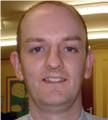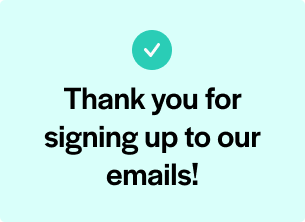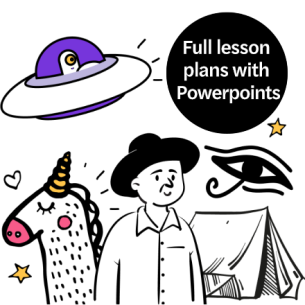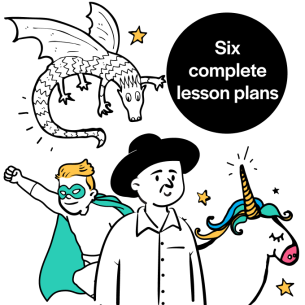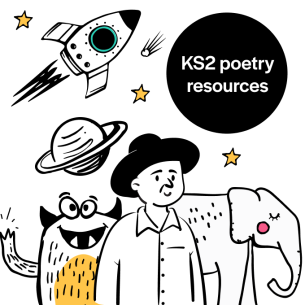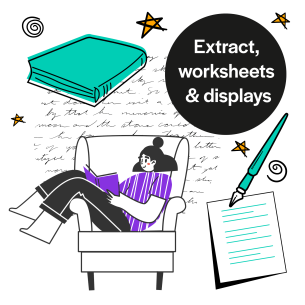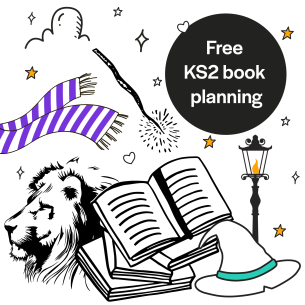In this KS2 lesson, children will use a micro:bit to collect and analyse movement and sound data while dancing to different music tracks, learning vital coding concepts along the way…
You realise you have struck of vein of educational gold when the children begin to spontaneously make links between areas of the curriculum and drive the learning forward themselves.
That is exactly what happened with our datalogging disco. Having already investigated the link between physical activity and mental health, the children then wanted to explore which type of music would be best to trigger movement and boost their moods, as a result.
So, that is what we did, and it became an authentic, rich, cross curricular experience that we all loved!
Coding KS2 learning objectives
- Combine basic coding blocks with pre-loaded datalogger coding blocks
- Select and set variables within the datalogger
- Download and view the collected data in graphical form
Starter activity
First of all, make sure you have the most recent, Gen 2 micro:bits, as you’ll need the additional sensors they have. Now, please take a breath if the mention of micro:bits brings on a hot flush. You do not need to be a coding genius to engage with this activity.
We used the pre-made datalogging code from the micro:bit MakeCode website which you just need to download. Then make sure you access the ‘extensions’ in the coding toolbar and turn on the ‘datalogger’ coding blocks. And you’re ready to go!
I would always recommend having a trial run of the code yourself first and, in this case, it is also a good excuse to have an after-school boogie!
Marc Bowen is a deputy head and primary teacher in South Wales. Browse lots more lesson plans from Marc here.
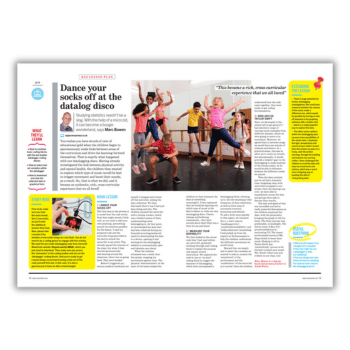
Similar resources
- National Coding Week – Topical coding activity pack for schools
- Computing medium-term plan – Code a simple game in Scratch
- Critical thinking lesson plans – KS1 and KS2 ideas and worksheets
- Cobweb by Michael Morpurgo – Cross-curricular activities for KS2
- Volcanoes KS2 – AR lesson plan and science experiments




